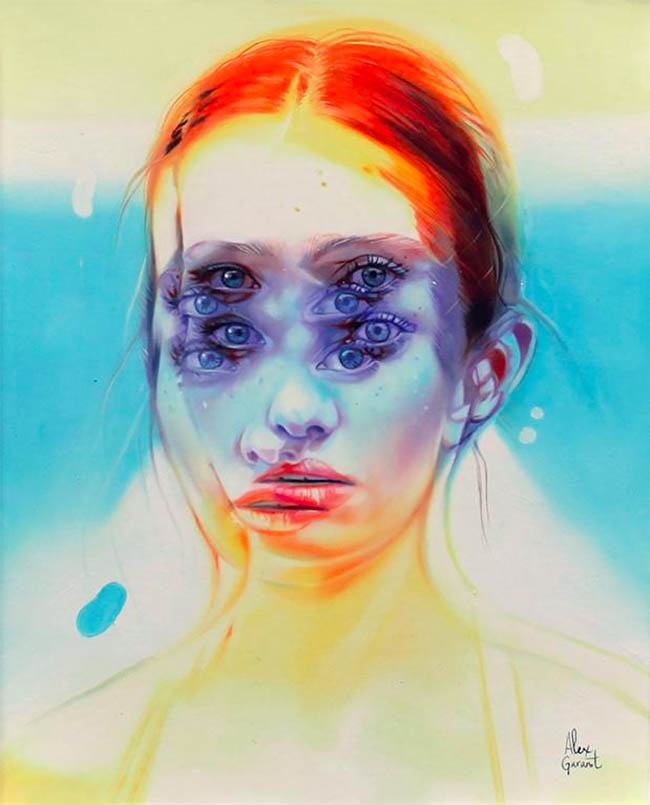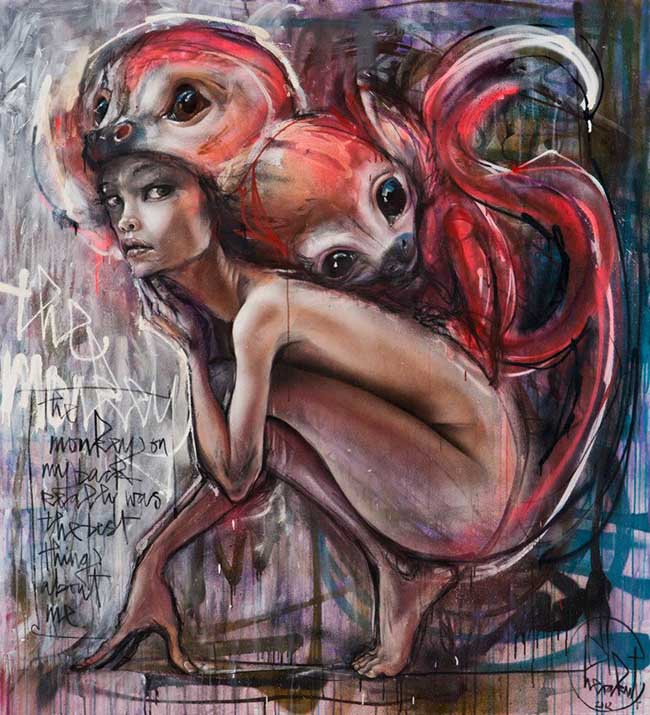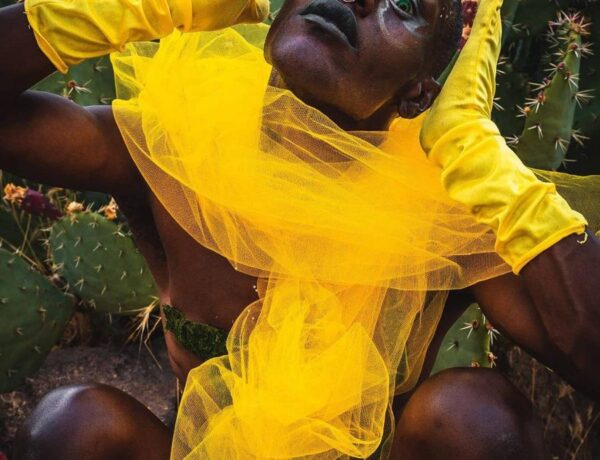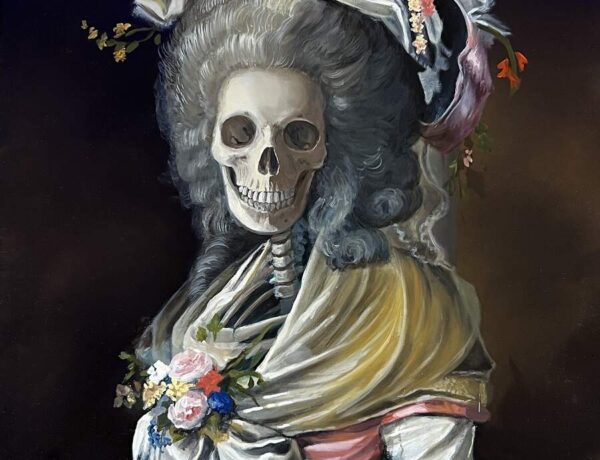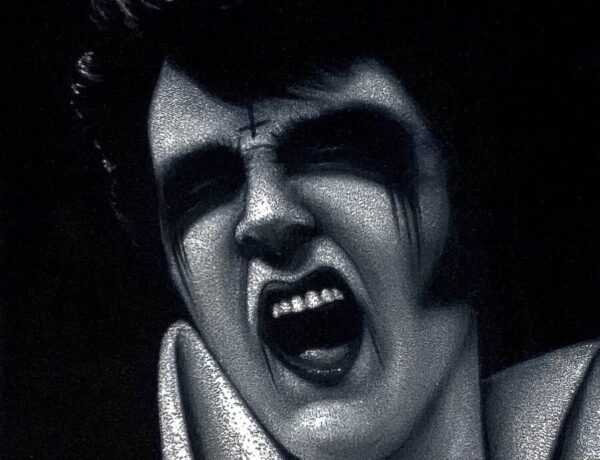MentorMe is a free resource for creatives who wish to learn from their peers. Beautiful Bizarre Magazine mentors encourage, guide and inspire emerging artists as they explore their creativity, develop their technical skills and find their personal style. This edition of MentorMe coincided with the relaunch of Beautiful Bizarre Magazine, so to celebrate we wanted to give you, our tribe, an important Special Edition.
In this edition, we hear the thoughts and opinions of nine prominent gallerists around a very important issue for all artists, that of seeking and maintaining gallery representation ie. how you get seen and shown by a gallery, and once you are, what are they major do’s and don’ts to ensure a happy mutually beneficially relationship.
MentorMe Edition 3 Mentors:
- Jan Corey Helford, Director of Corey Helford Gallery;
- Ken Harman Hashimoto, Director of Spoke Art Gallery and Hashimoto Contemporary;
- Heidi Leigh, Director of AFA Gallery New York;
- Kim Larson & Bradley Platz, Directors and Co-Curators of Modern Eden Gallery;
- Gary Pressman, Director of Copro Gallery;
- David DeRue, Director of Future Gallery;
- Melissa Walker, Director of Distinction Gallery;
- Erica Berkowitz, Director of Haven Gallery; and
- Corinne & Jon Beinart, Directors of Beinart Gallery.
In Edition 3 Beautiful Bizarre Magazine’s Mentors respond to the following questions:
- How do artists get their work seen/shown by a gallery?
- What is the biggest NO NO for artists when seeking Gallery representation?
- After artists are given the opportunity to exhibit, what are the top 5 do’s and don’ts for artists working with galleries?
Below 3 of the 9 mentors respond to the following question:
How do artists get their work seen / shown by a gallery?
Artist: Alex Garant [Spoke Art Gallery]
How do artists get their work seen/shown by a gallery?
Ken Harman Hashimoto, Director of Spoke Art Gallery: “The best advice I can give is simply to make the best work you can, strive to continually grow as an artist, and make sure you document and promote your work well by sharing on social media and getting your work on various art blogs. If you make amazing work and get in front of people, someone is going to notice!”
Artist: Herakut [Corey Helford Gallery]
How do artists get their work seen/shown by a gallery?
Jan Corey Helford, Director of Corey Helford Gallery: “Here’s the plain and simple: Choose a gallery where you fit. Galleries know their collectors and the work they show reflects the taste of those collectors. Once you’ve found a good match for your work, email a brief note with just 3 of your favourite paintings attached. Don’t overwhelm. If the curator responds to the work, he, she or they will seek you out and request more. Sending too many works seems desperate. Also, never address your email to “Dear Gallery” or Gallerist, or Curator, or Director. That is the equivalent of greeting someone on the street with “Hi, citizen!” Make it personal. Take the time to find the name. It will be appreciated. Mailing an invitation to an upcoming show with a postcard is also a way of getting your work noticed. Gallerists always pore through ephemera from other galleries. And who doesn’t love an invite?”
Artist: Crystal Morey [Modern Eden Gallery]
How do artists get their work seen/shown by a gallery?
Kim Larson & Bradley Platz, Directors and Co-Curators of Modern Eden Gallery: “We are always on the hunt for art that is original and exciting and of course, created with excellent quality and skill. Once a gallery notices your work it can be relatively easy or still surprisingly difficult to be shown by that gallery. When working with artists, we take location, market saturation, personality, and many other factors into consideration before representation.
Besides the artwork itself, the next most important thing is for the artist to know the specifics of their works and career including medium, size, date, and pricing. If you have anything on your resume that makes you proud, share that with the gallery. It always catches our attention to see awards, magazine features, blog articles, or museum shows in an artist’s introduction.
The final factor for us is how well an artist gets to know us. While we understand that not everyone can attend our openings in person, we always appreciate an engagement beyond a blind submission. Whether you visit our gallery, stop by our booth at an art fair, or engage with us and our artists on social media, there are many ways to establish and foster a deeper relationship.”
To read the other Mentors’ answers to this question or any other in Edition 3 please click here to download our FREE Artist Resource, MentorMe.



